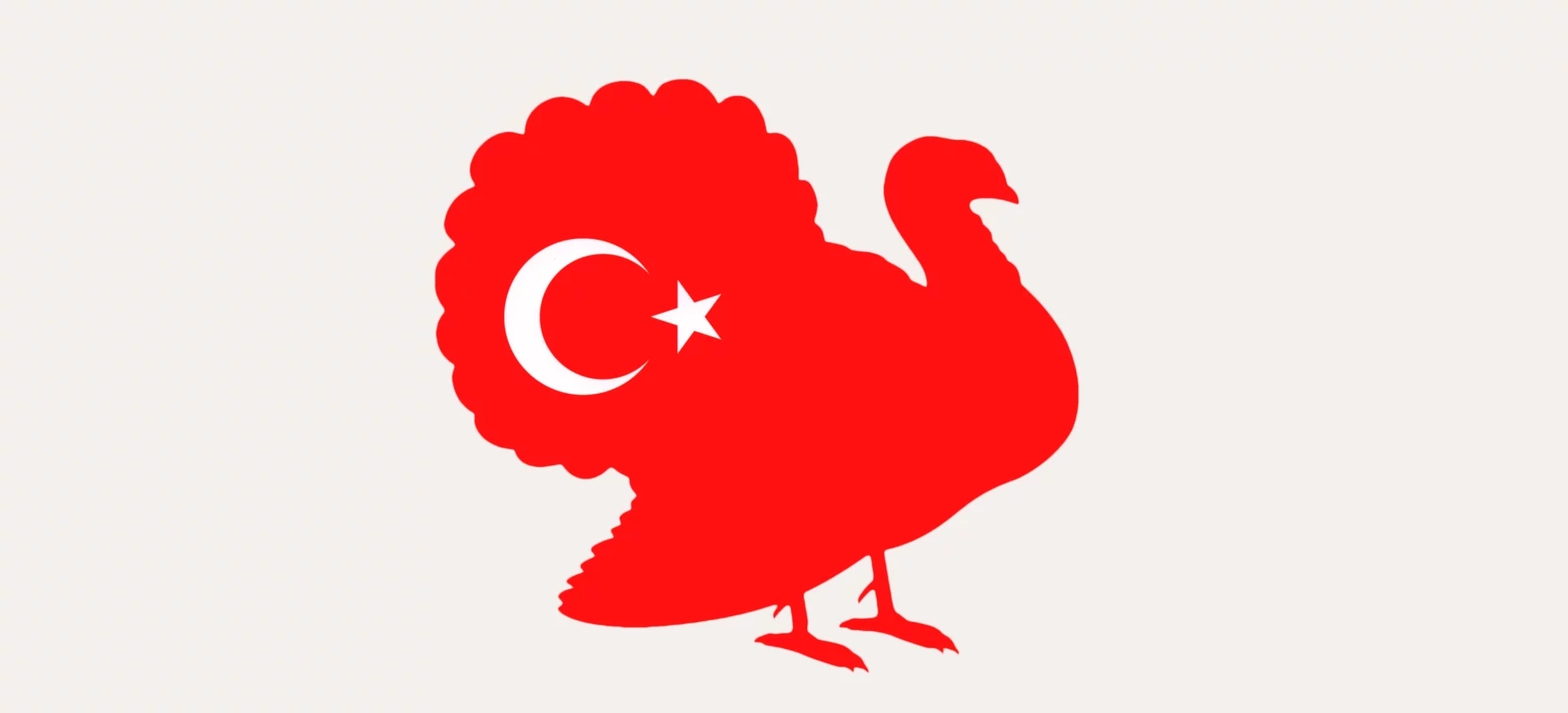John McCarron, November 20, 2022
Let’s talk Türkiye
Turkey changed its official name to Türkiye this year. As lovers of all things naming, that got us thinking. How did the turkey – native to North America – get its name? Talk about cultural appropriation! At Thanksgiving, we look at how Meleagris gallopavo domestica (to give it its proper name) became the turkey.
Brand names began life as guarantors of origin and authenticity. Origin is still a powerful brand asset. Champagne can only come from the Champagne region, Parma ham from Parma and Roquefort…you guessed it. So why was there value in attaching the origin of a North American foul to a country 6,000 miles away? It seems our ancestors back in England of the 1500s attributed anything new and exotic (and delicious) to the flourishing Ottoman Empire. The ‘Turkey Merchants’ of the Levant Company imported these luxuries on ‘Turkey Boats’: boats also used for the new transatlantic trade. The turkey had landed.
As to why 45 million turkeys will be eaten in the US this Thanksgiving, the answer is a bit more straightforward. There’s no evidence turkey was on the menu of the first Thanksgiving in 1621. But as author Sarah Hale campaigned in the 1800s to make Thanksgiving a national holiday, she side-stepped the facts and invented a tradition that made a native bird big enough to feed the Waltons the centrepiece it is today.
Türkiye may have rebranded to ask us all, quite reasonably, to get their name right. But the turkey is here to stay. Just be thankful this season that old names like ‘Turkish cucumbers’ (pumpkins) or ‘Turkish wheat’ (maize) haven’t proved as long lived.
